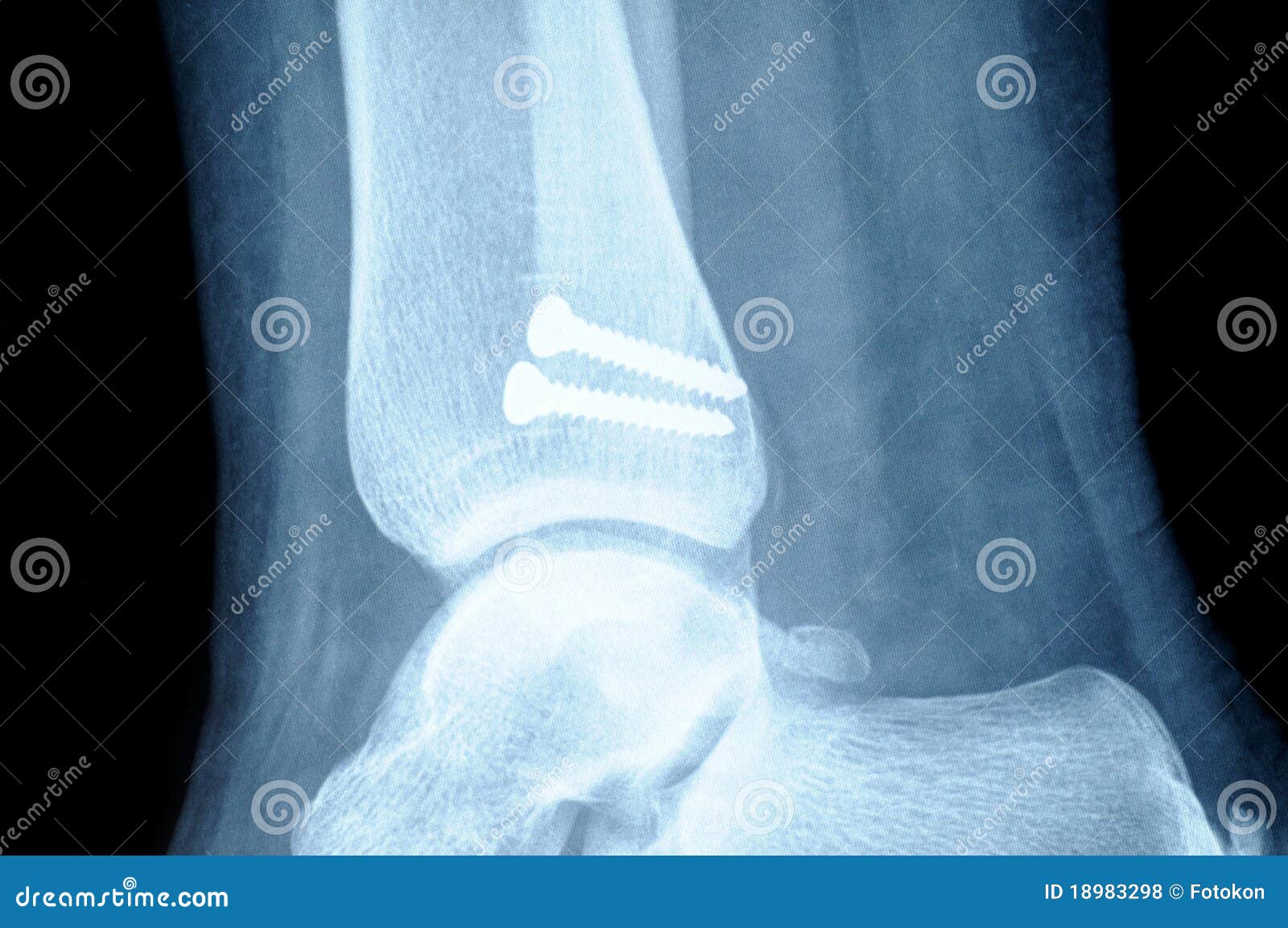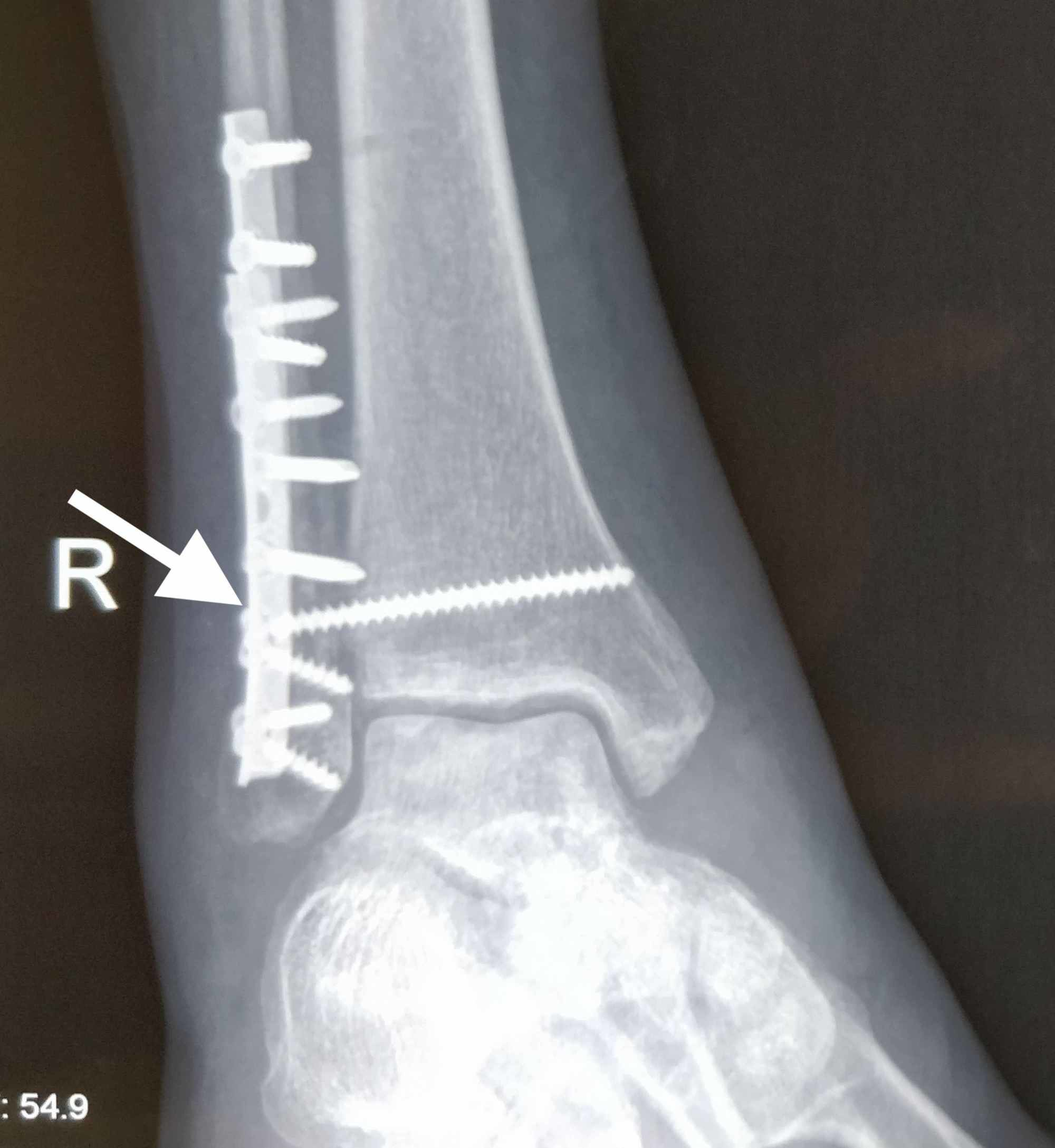

Possible complicationsįor most people, a broken bone will heal within a few months and there will not be any further problems.īut complications can sometimes occur. Seek advice from your doctor about when you can drive again. This will include specific exercises to do before and after the cast is removed.ĭo not try to rush your recovery by returning to your normal activities too quickly, as the broken bone may not be fully healed even when the pain has gone.įollow the advice of your doctor, who'll probably recommend gradually increasing how much you use your leg over time. The hospital may recommend regular physiotherapy appointments to help you maintain or regain muscle strength, movement and flexibility. More severe fractures can take between 3 and 6 months to fully heal.
#Fracture fibula how to#
You'll be shown how to safely use any mobility equipment you're provided with. You'll probably need to use crutches or a wheelchair during this time, until it's possible to put weight on the leg again. It takes around 6 to 8 weeks for a minor fracture to heal. You'll be given advice by your doctor about how much you should move your leg and when you can put weight on it. Severe fractures will usually heal within 3 to 6 months, but may require follow-up appointments every few months for a year or more afterwards.įurther X-rays are often necessary to check how well your leg is healing.

The first appointment is usually booked for a week or 2 after you're discharged from hospital. Follow-up appointmentsĪn appointment will be made for you to attend a fracture clinic so specialist orthopaedic doctors can monitor your fracture. This is removed once the fracture has healed.Īfter surgery, a plaster cast may be applied to protect the leg. Sometimes an external frame (external fixator) is attached to the broken bones with metal pins to help keep them in place. Plates, screws and rods will usually be left in place permanently unless they become a problem, whereas wires will be removed 4 to 6 weeks after the operation.

Surgeons can fix bones with metal wires, plates, screws or rods. Severe fractures are often treated with surgery to realign and fix the broken bones. Once the bones are in the correct position, a plaster cast can be applied. In some cases a general anaesthetic is needed, which means you'll be asleep during the procedure. Sedatives are sometimes provided before the procedure and local or regional anaesthetic is used to numb the site of the break. If the bones are misaligned, a doctor or surgeon may need to put them back into place. Read more about how to care for your plaster cast. You may be provided with painkillers to take home and information on how to look after your cast.
#Fracture fibula full#
A full cast can be fitted a few days later. If there's a lot of swelling, you may just have a splint or cast around the back half of your leg until the swelling goes down. This holds the bone in place so it can heal.

If the broken bone is still in position, you'll usually just need a plaster cast.
#Fracture fibula professional#
How a broken leg is treated Immobilisationįirst, a healthcare professional will give you painkillers and may fix a splint to your leg to secure it in position and prevent further damage.įor severe pain, you may be given painkilling gas through a face mask or medicine through a drip into a vein.Īn X-ray will be done to assess the fracture. If the person is pale, cold and sweaty (in shock), lie them down and keep them warm and calm until you can get medical help.


 0 kommentar(er)
0 kommentar(er)
